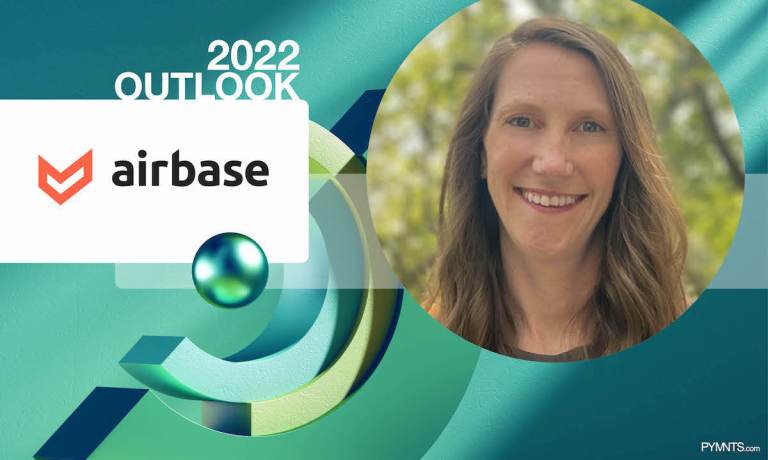
Too many accounting teams are still consumed with reconciling software systems that don’t talk to each other, manually consolidating data from multiple sources, chasing paperwork and building Excel sheets for reporting and analysis. It’s time for them to get off the treadmill and embrace a consolidated, modular approach to their tech stacks, writes Kelly Hicks, global controller at Airbase, in the PYMNTs eBook “Endemic Economics: 32 Payments Execs on the ‘Next Normal’ That Never Happened.”
The development of new hits for the back office are responses to the misses from the past. Legacy software tools are narrow focused solutions detached from other processes and systems. This means that accounting teams are consumed with reconciling software systems that don’t talk to each other, manually consolidating data from several sources, chasing documentation, and building spreadsheets to do the reporting and analysis required for sound decision-making. Further, as a company grows, many of these single-purpose tools must be replaced with more robust ones. Yet, enterprise-level software can be over-engineered and expensive for mid-market to early enterprise businesses. Hits are designed to scale with a company as it grows with affordable entry-level options and additional functionality with complex customizations when required.
The hits take a consolidated modular approach and integrate fully into other systems. Better access to payment rails, improved APIs and a more comprehensive mindset allow software companies like Airbase to automate the entire flow for all payables. And instead of solutions that age out when a company grows, feature add-ons can accommodate growing size and complexity.
In the case of spend management, the pre and post workflows associated with all non-payroll spend integrate with the general ledger or ERP, Slack, email, HRIS and budgeting tools. Consolidation gives continuity across the whole organization and provides a single source of truth for all spending. The implications are far-reaching and transformative — they save time and money, it’s easy to track and adjust budgets, and the relationship between the back and the front office shifts to one of collaboration.
Existing tools — the misses — for company spend mean poorly documented ad hoc approvals, no visibility or control over corporate card spending, and messy processes for paying vendors. However, the emerging hits consolidate all non-payroll spend through a single, unified system with easy access to making payments using a check, ACH, vendor credit, corporate card, and international foreign currency without switching systems.
But it’s not just the back office that benefits. Employees across the whole company use the same system to get approvals for making a purchase, create a virtual card, and request a purchase order or reimbursement. The system handles receipt compliance, and teams function quickly and efficiently while complying with company expense policies. Approval workflows can be customized to conform to a company’s needs. In addition, these automated workflows track and record everything into a transaction record for a full audit trail.
The first wave of accounting tools for company spend — corporate card programs, expense management systems, bill payment software — have missed the mark. A hit must be comprehensive, fully integrated, and scalable. Spend management software replaces the misses from the past with an incredible hit to move companies into a better future.